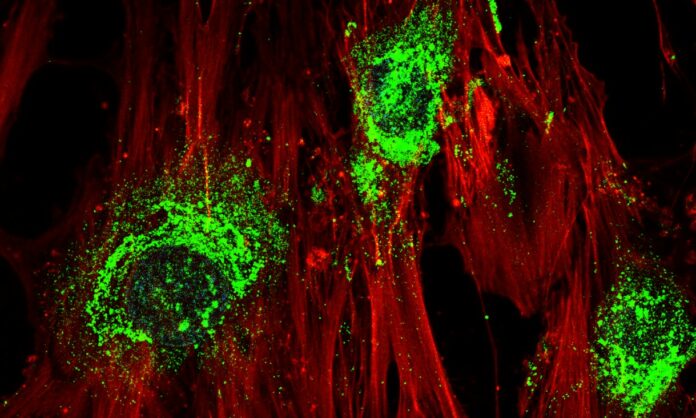
In a new tissue engineering procedure, RMIT researchers turned stem cells into bone cells using high-frequency sound waves.
Since its discovery, scientists have taken advantage of stem cells’ properties for treating a wide variety of conditions. Due to their self-renewal and differentiating property, the cells have become a vital part of tissue engineering and regenerative medicine. At the Royal Melbourne Institute of Technology (RMIT), researchers use tissue engineering to regenerate bone tissue and muscle for patients who’ve lost it from cancer or degenerative diseases. However, regrowing bone tissue requires large amounts of stem cells, often obtained using painful procedures. Therefore, RMIT researchers have developed a simpler and faster way to turn stem cells into bone cells, using sound waves.
The sound waves cut the treatment time usually required to get stem cells to begin to turn into bone cells by several days.
Dr Amy Gelmi, co-lead author
According to the study published in the journal Small, the new procedure solves several of the challenges faced in regrowing bone tissue. The team developed a low-cost and scalable microchip for the generation of high-frequency (10 MHz) sound waves. Next, they placed the stem cells in silicon oil on a glass-bottomed culture plate. Just five daily treatments of 10 minutes each helped differentiate the adult stem cells into bone cells. Thus, revealing that the new method is not only simpler but also quicker. Moreover, the new approach was also effective with fat-derived stem cells that are less painful to extract than bone marrow cells.
Co-lead researcher, Dr. Amy Gelmi, also noted that their method does not require the use of any special ‘bone-inducing’ drugs. Thus, making it much simpler than previous tissue engineering procedures. The team is now searching for efficient bioreactors that can upscale stem cell differentiation.
Reference:
Ambattu, L. A., Gelmi, A., & Yeo, L. Y. (2022). Short‐Duration high frequency megahertz‐order nanomechanostimulation drives early and persistent osteogenic differentiation in mesenchymal stem cells. Small, 18(8), 2106823. https://doi.org/10.1002/smll.202106823



